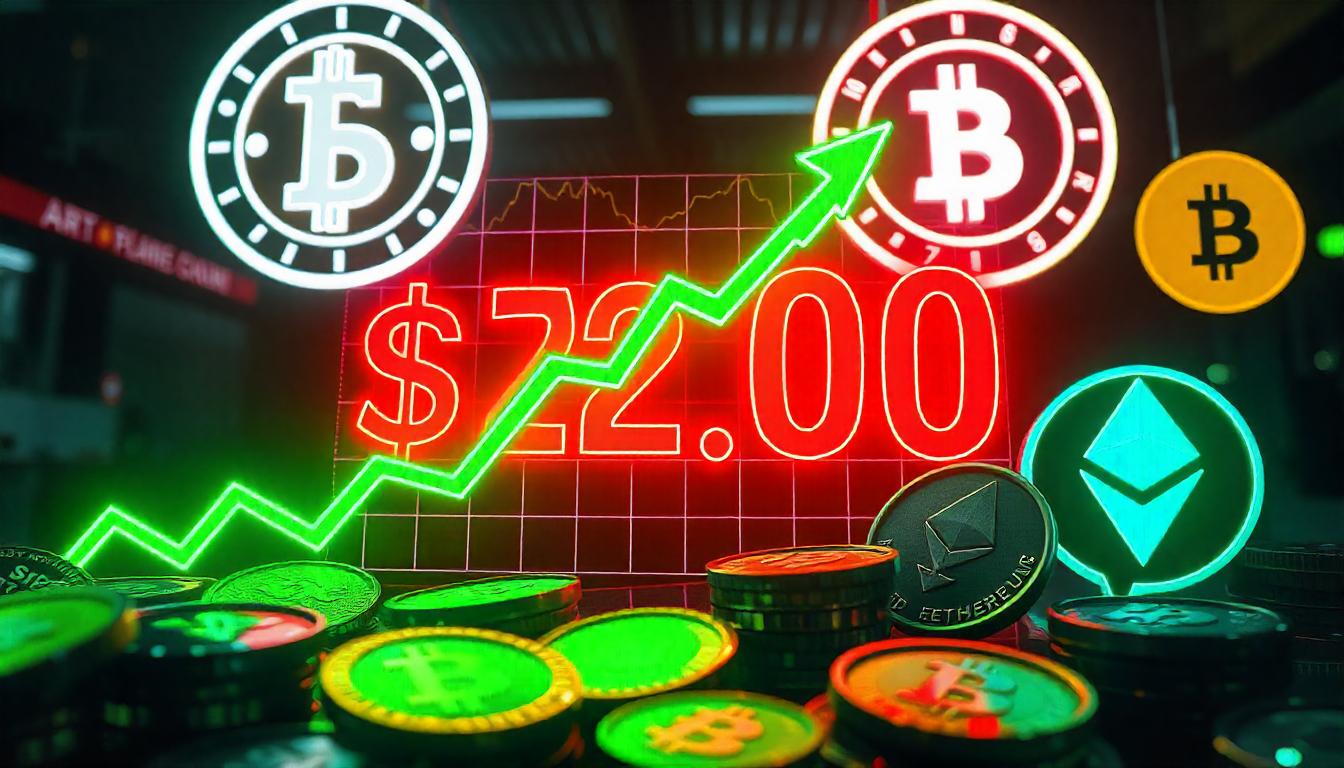Stablecoins are nearing mainstream adoption, supported by ongoing efforts by the Trump administration to establish comprehensive cryptocurrency regulations, according to a recent report from Deutsche Bank.
Despite facing some resistance in the Senate last week, the bank maintains a positive outlook on the progression of stablecoin regulation this year.
Stablecoins, which are digital currencies pegged to assets such as the U.S. dollar or gold, have become integral to the crypto ecosystem. They are widely used for international money transfers and are key to maintaining liquidity in the crypto market by providing fast and low-cost transactions.
The Senate’s proposed Guiding and Establishing National Innovation for U.S. Stablecoins (GENIUS) Act aims to implement federal regulations for stablecoins with market caps exceeding $10 billion, while also allowing state regulations that align with federal rules. Meanwhile, the House of Representatives’ STABLE Act calls for state-level regulations without the need for federal guidelines.
Stablecoin market capitalization has skyrocketed, with the total value now standing at $246 billion, a significant jump from $20 billion in 2020. Tether (USDT), the largest stablecoin, holds a market cap of about $150 billion.
According to Deutsche Bank analysts Marion Laboure and Camilla Siazon, stablecoins now drive over two-thirds of cryptocurrency trading, providing unmatched transaction speed, 24/7 availability, and efficient, programmable payments.
The report further highlights that stablecoins are becoming increasingly important as strategic assets. With 83% of them pegged to the U.S. dollar and Tether being one of the largest holders of U.S. Treasury bonds, stablecoins are strengthening the dominance of the dollar in an increasingly fragmented global economy.
The GENIUS Act is expected to pass in the near future, with Standard Chartered predicting that this could lead to a nearly tenfold increase in stablecoin supply, significantly impacting the broader crypto market.





